Barnbow disaster 101 years on - looking back at the lives of the brave factory workers
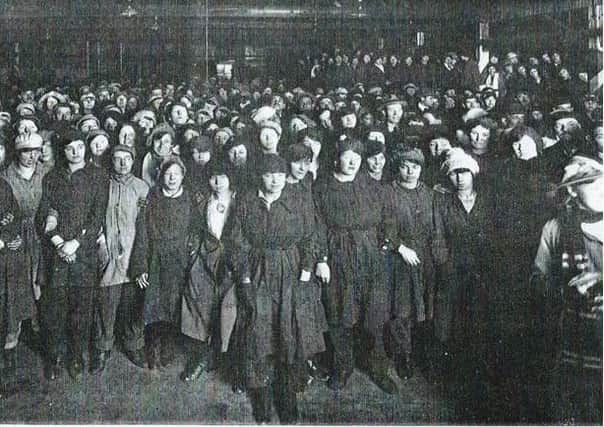

Exactly 101 years ago today a huge explosion ripped through room 42 at the Barnbow munitions factory in Leeds.
The explosion killed 35 women and girls who had been engaged in vital war work, and maimed and injured many more.
Advertisement
Hide AdAdvertisement
Hide AdBut within a few hours of the devastating tragedy, room 42 was fully operational once more.
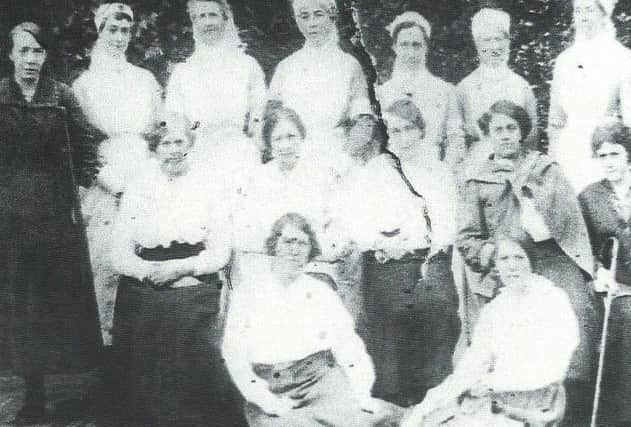

Those who were killed were quickly cleared from the room and the surviving women and girls were straight back to work.
It is difficult to understand how such an accident had so very little media coverage at the time. This tragedy was subject to a media blackout; only the bare facts of an ‘explosion at a northern munitions factory, which killed 35’ was able to be reported.
Locally, there seemed to be little recognition of the horrific experiences of the Barnbow munitions workers. In contrast, those who helped after an explosion at a factory in Hayes, Middlesex, were awarded OBEs.
Advertisement
Hide AdAdvertisement
Hide AdWilliam Parkin, a worker at Barnbow, carried 11 girls out of hut 42 before becoming too exhausted to go back in. Records show he only received recognition and thanks from the girls themselves for his actions, and they later presented him with a silver watch.
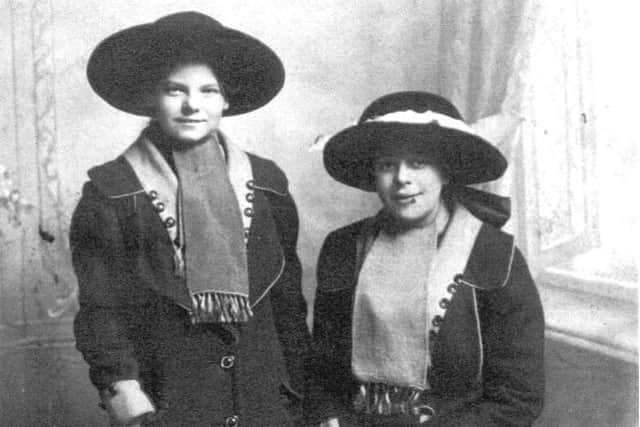

The women who lost their lives were there working towards the war effort, but for many of them it was also used as an escape or a means to provide extra income and support for their families.
Many of the women at the site were simply working class women who needed to support their families, with the fathers, brothers and husbands away fighting.
The youngest victim of the explosion was 15-year-old Edith Sykes. Her older sister Agnes was supposed to be working on that particular shift but had become ill with the flu, so Edith took her place on the night shift.
Advertisement
Hide AdAdvertisement
Hide AdHer brother was serving at the Barracks at York and was later able to take a gun carriage to carry Edith’s coffin to the church and her final resting place.
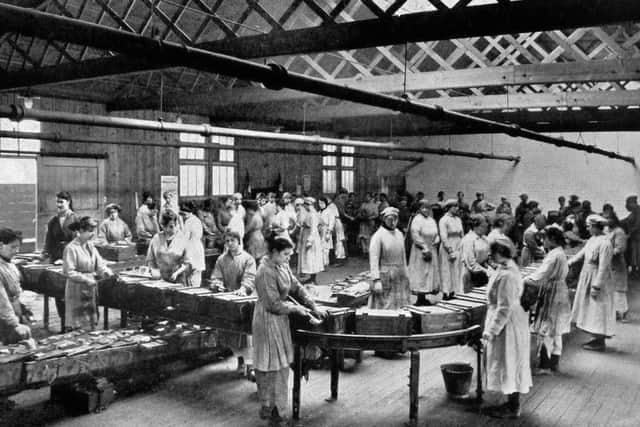

Edith was not the only victim who left a family behind. Mary Elizabeth Wortley had a husband and 10 children at home. Her husband was unable to enlist and was white-feathered, a sign that people thought he was a coward. Subsequently she went to work in the factory, and was on shift when the explosion happened.
Her husband walked all the way from their home in York to identify her body. He was offered a drink, and then sent on his way.
The Barnbow munitions factory was the first, purpose-built munitions factory to be built by the Ministry of Munitions. It covered some 400 acres of farmland in the Crossgates area.
Advertisement
Hide AdAdvertisement
Hide AdThe Board of Directors met for the first time in August 1915, and within a few days materials had been transported six miles from Leeds, contractors and architect’s offices had been erected and from that point on there was no cessation of activity.
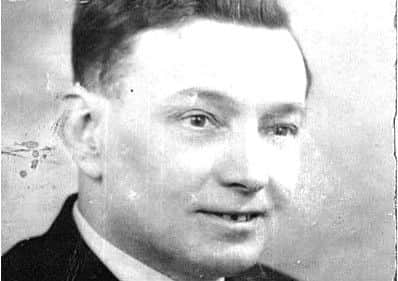

It is something little known by the public that at the height of the war, Leeds led the way in the production of highly explosive munitions that would be used on the Front to bombard the German Army.
The Chief Engineer of the site wrote in 1919 that the site was a ‘record of enterprise and resourcefulness, of industry and endurance, of energy and heroism - all directed to one end, winning the war’.
The first number of women employed into the labour force at Barnbow totalled 50, something which was representative of government initiatives of dilution and substitution of the workforce.
Advertisement
Hide AdAdvertisement
Hide AdHowever, in due course the number of workers increased to 17,000 with 93 per cent of this workforce women and girls.
Work done in these factories by women was considered to be more skilled labour and therefore they were paid accordingly.
But with skilled work, came more danger. Barnbow was an amatol factory, which required women to fill shells with high explosives rather than the regular explosives made at other sites.
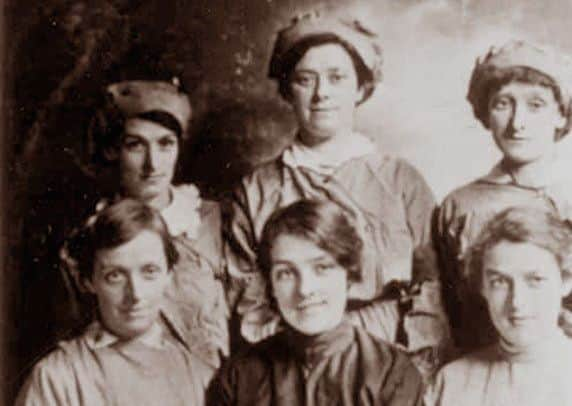

On the night of the accident, the girls were told that two ammunition bags had been put into one shell. These bags were too big to be put in together and as such when the fuse was screwed in it caused them to detonate. The record from the inquest stated that there was not enough evidence to conclude what exactly had happened and no-one would be forced to take responsibility for the accident.
Advertisement
Hide AdAdvertisement
Hide AdMany people do not know of the sacrifices made by women and girls from all across the country. At Barnbow, the workers came from all nearby towns and cities to make high explosives and risk their lives every day. The actions of these women should not be forgotten.
There should be a greater awareness of the vital work that these women and girls were doing at the sites in Leeds – especially the sacrifices made by those who worked at Barnbow on the night of December 5, 1916.
About the writer
I am currently a third year History student at the University of Hull but from Leeds originally.
My interest in Barnbow first began in early 2015. As a member of the Preservative Party at Leeds City Museum, the Barnbow site was featured in our exhibition titled “In Their Footsteps’.
Advertisement
Hide AdAdvertisement
Hide AdWhen choosing a dissertation subject, Barnbow was one of the first areas that I considered studying because of my interest in developing an area of women’s history which has been long overlooked in academic literature.
I have received the help of the East Leeds History and Archaeology Society, as well as university lecturers who have an extensive knowledge of secondary literature, for my dissertation and this feature.
I have also been able to develop primary evidence from the National Archives and the ELHAS to build up my knowledge of the lives of these people. I have then used a book written by R. H. Gummer to further build upon these stories.